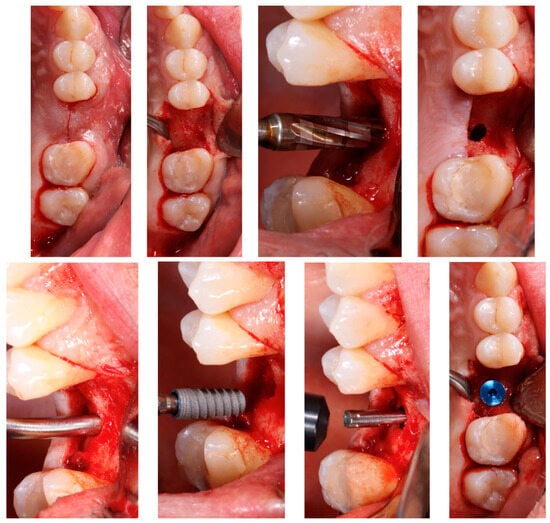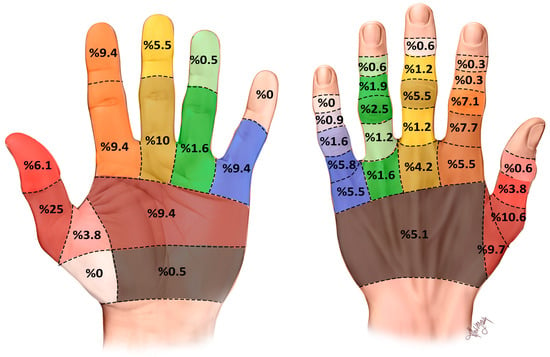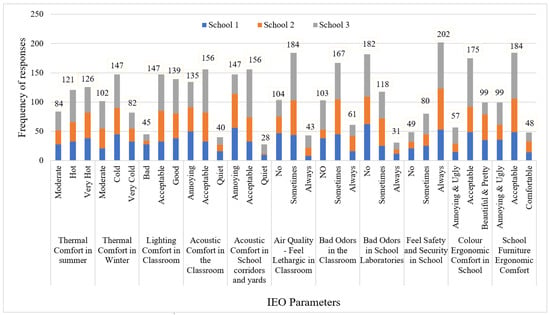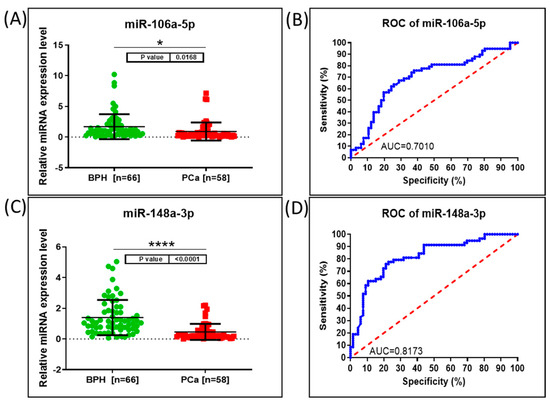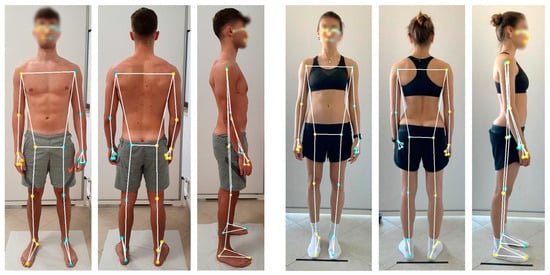(1) Background: The Festival of Sacrifice, commonly known as Eid al-Adha, has a profound religious and cultural impact on nations with a Muslim majority. This festival is celebrated every year in Muslim countries; however, it is a time in which patients present to the emergency department with serious injuries. In our study, we examined current injuries occurring during Eid al-Adha in one of the largest hospitals in Türkiye, providing the largest patient population to date. This included mapping tendon and maxillofacial injuries, a first in the literature. To the best of our knowledge, this is the largest case series of injuries sustained during Eid al-Adha. The significance of this study lies in its potential to significantly benefit patients and healthcare systems by providing reference data.
(2) Methods: Patients admitted to Ankara City Hospital during Eid al-Adha between 2019 and 2023 were examined. The demographic characteristics, injury patterns, and injury sites of patients admitted on the four days of Eid al-Adha were collected and analyzed. Maxillofacial traumas during the festival were analyzed. Tendon injuries on the left hand, which is the most commonly injured body part in the literature, were mapped into a figure. To compare the change in the number of patients, a comparison was made with the number of patients in our hospital for four consecutive days 2 weeks before Eid. Statistical analysis was performed using IBM SPSS Statistics for Windows.
(3) Results: A total of 610 patients, including 101 female and 509 male patients, were included in this study. A statistically significant increase (
p < 0.001 for all years) in hospital admission due to injury was observed. Individuals between the ages of 30 and 40 years were the most frequently admitted patients (
n = 182, 29.8%). Knife injuries were significantly more common in all patients (
p < 0.001). When the total number of patients was evaluated in terms of injured areas where patients present to the emergency department, left-hand injuries were found to be significantly more common than injuries in other areas (
p < 0.001 for all). The extensor pollicus longus tendon was the most commonly injured tendon among all extensor and flexor tendon injuries (
n = 104). The most commonly injured tendon was the flexor tendon in zone 2 of the first finger (
n = 45). This study showed that injuries to the extensor tendon in zone 1 of the fifth finger, the flexor tendon in zone 4 of the first finger, and the flexor tendon in zone 1 of the fifth finger were never seen. Twenty-five patients with maxillofacial injuries were admitted to the hospital. Orbital floor fractures were the most common type of maxillofacial injury. The anesthesia technique we preferred for all patients was local anesthesia (
n = 267). Wide-awake local anesthesia no tourniquet (WALANT) was the second most preferred anesthetic technique. The number of patients who were selected in a random 4-day period for each year were compared with the number of patients who came during Eid al-Adha. The Mann–Whitney U tests revealed a significant increase in injuries on the first day of Eid al-Adha compared to non-festival days (
p < 0.001). However, no significant differences were observed on the subsequent days or in the overall injury counts during the festival period (
p = 0.841 for day 2,
p = 0.151 for day 3,
p = 0.310 for day 4).
(4) Conclusions: According to this study, which is the largest known case series in the literature, the number of patients admitted to the hospital increased annually. In our study, we observed a significant increase in injuries only on the first day of Eid al-Adha compared to a randomly selected 4-day period of the same year. Left-hand extensor tendon injuries from a knife were the most common injuries in middle-aged men. The extensor pollicis longus tendon was the most commonly injured extensor tendon, with zones 3 and 4 being the most commonly affected. The flexor pollicis longus tendon was the most commonly injured flexor tendon in zone 2. During this period, patients may not only need hand surgery but also maxillofacial plastic surgery. We recommend, in addition to the indications I,n the literature that during Eid al-Adha, the WALANT technique should be widely adopted in patients where local anesthesia will be insufficient. We also recommend utilizing a diagram to manage the patient load during Eid al-Adha and prevent overburdening the healthcare system.
Full article
 IJMS
IMPACT
IJMS
IMPACT Applied Sciences
IMPACT
Applied Sciences
IMPACT Sustainability
IMPACT
Sustainability
IMPACT Sensors
IMPACT
Sensors
IMPACT JCM
IMPACT
JCM
IMPACT Materials
IMPACT
Materials
IMPACT Molecules
IMPACT
Molecules
IMPACT Energies
IMPACT
Energies
IMPACT Electronics
IMPACT
Electronics
IMPACT Remote Sensing
IMPACT
Remote Sensing
IMPACT Cancers
IMPACT
Cancers
IMPACT Nutrients
IMPACT
Nutrients
IMPACT Mathematics
IMPACT
Mathematics
IMPACT Foods
IMPACT
Foods
IMPACT Buildings
IMPACT
Buildings
IMPACT Polymers
IMPACT
Polymers
IMPACT Animals
IMPACT
Animals
IMPACT Water
IMPACT
Water
IMPACT Plants
IMPACT
Plants
IMPACT Agronomy
IMPACT
Agronomy
IMPACT Biomedicines
IMPACT
Biomedicines
IMPACT Processes
IMPACT
Processes
IMPACT Microorganisms
IMPACT
Microorganisms
IMPACT Diagnostics
IMPACT
Diagnostics
IMPACT Nanomaterials
IMPACT
Nanomaterials
IMPACT Viruses
IMPACT
Viruses
IMPACT Medicina
IMPACT
Medicina
IMPACT Healthcare
IMPACT
Healthcare
IMPACT Cells
IMPACT
Cells
IMPACT Forests
IMPACT
Forests
IMPACT Agriculture
IMPACT
Agriculture
IMPACT Land
IMPACT
Land
IMPACT JMSE
IMPACT
JMSE
IMPACT IJERPH
IJERPH
 Symmetry
IMPACT
Symmetry
IMPACT Genes
IMPACT
Genes
IMPACT Pharmaceutics
IMPACT
Pharmaceutics
IMPACT Coatings
IMPACT
Coatings
IMPACT Micromachines
IMPACT
Micromachines
IMPACT Pharmaceuticals
IMPACT
Pharmaceuticals
IMPACT Atmosphere
IMPACT
Atmosphere
IMPACT Children
IMPACT
Children
IMPACT Religions
IMPACT
Religions
IMPACT Antioxidants
IMPACT
Antioxidants
IMPACT Life
IMPACT
Life
IMPACT Metals
IMPACT
Metals
IMPACT Biomolecules
IMPACT
Biomolecules
IMPACT Vaccines
IMPACT
Vaccines
IMPACT Education Sciences
IMPACT
Education Sciences
IMPACT Minerals
IMPACT
Minerals
IMPACT Horticulturae
IMPACT
Horticulturae
IMPACT Brain Sciences
IMPACT
Brain Sciences
IMPACT JPM
IMPACT
JPM
IMPACT Bioengineering
IMPACT
Bioengineering
IMPACT




